New York City fare evaders are costing the city hundreds of millions of dollars each year, which affects the quality of public transportation for residents. Fare hoppers could eventually cost New Yorkers even more money.
More Fare Evasion in NYC

New York City is experiencing a wave of fare evasion on its public transport systems. Many bus and subway riders are not paying their fares, creating challenges for the Metropolitan Transportation Authority (MTA) and the city at large.
Comparing Bus and Subway
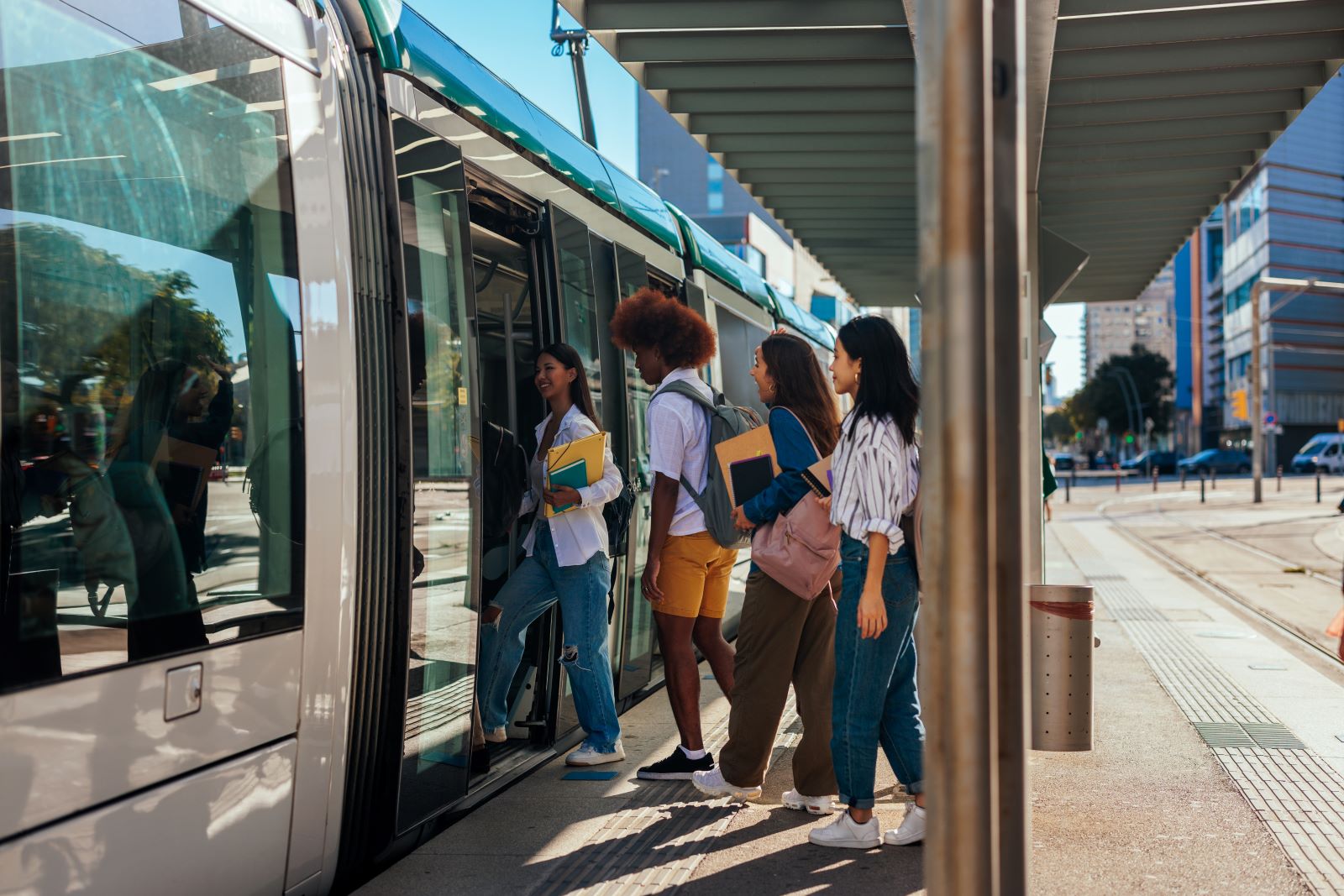
While both buses and subways are affected, the rates are much different between the two. Bus fare evasion is more common, mainly because it’s easier to board without payment, and the crackdown on evasion has focused primarily on the subway.
Total Lost for NYC

A 2023 MTA report revealed that a collective $600 million was lost because of bus and subway fare evasion.
Half of Bus Riders Don’t Pay
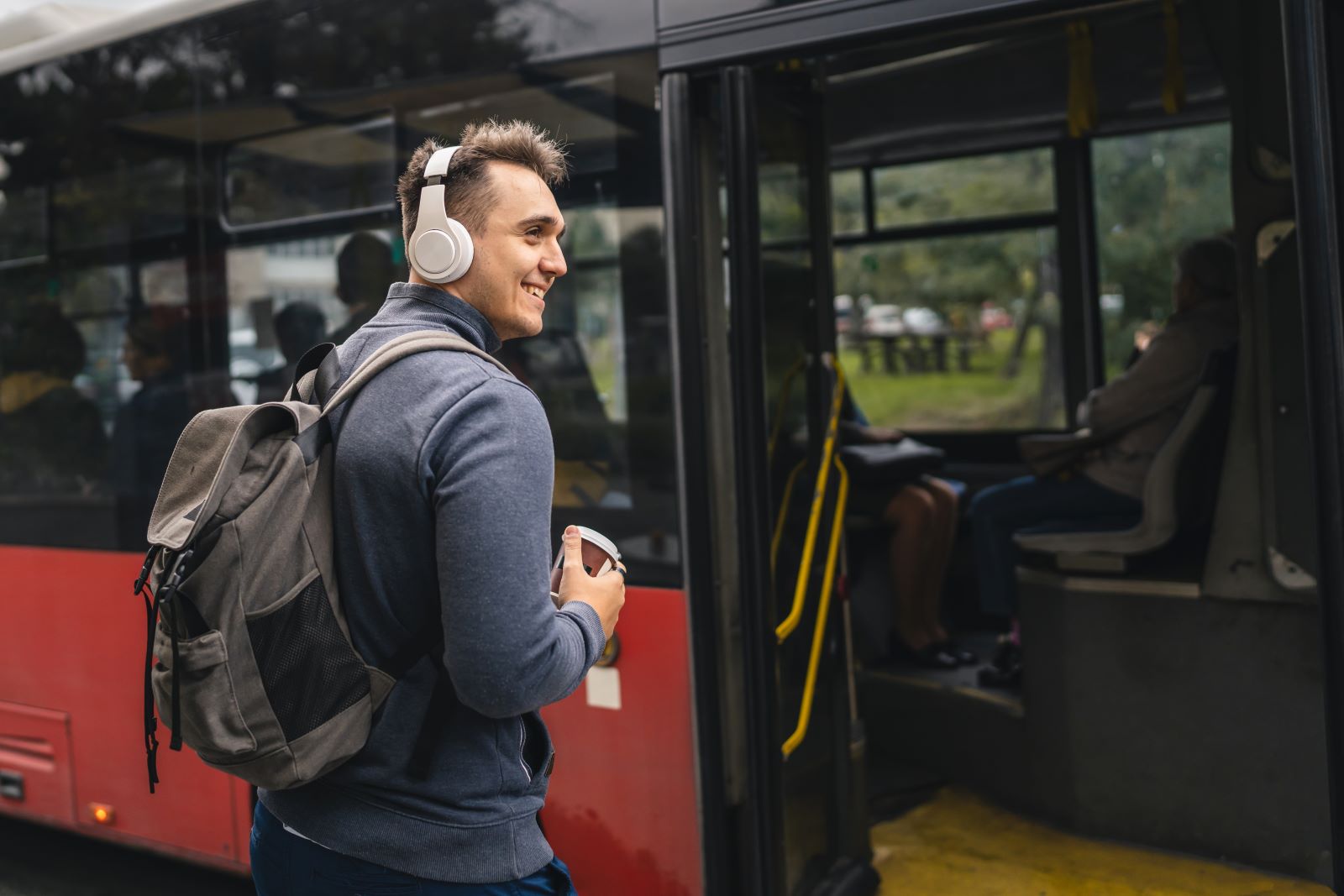
According to the transit authority’s latest statistics, 48 percent of bus riders did not pay for their rides in the first three months of 2024. On the other hand, 14 percent of subway riders avoided paying.
How Riders Avoid Paying Fares

To avoid paying on the buses, many riders board through the rear doors meant for exiting passengers with little to no consequences. Subway riders will jump over the turnstiles or enter through forbidden routes.
Demographics of Evaders

Many fare evaders, especially on buses, are from lower-income backgrounds. This means many of them need public transportation but struggle to afford the fares.
Financial Impact on NYC
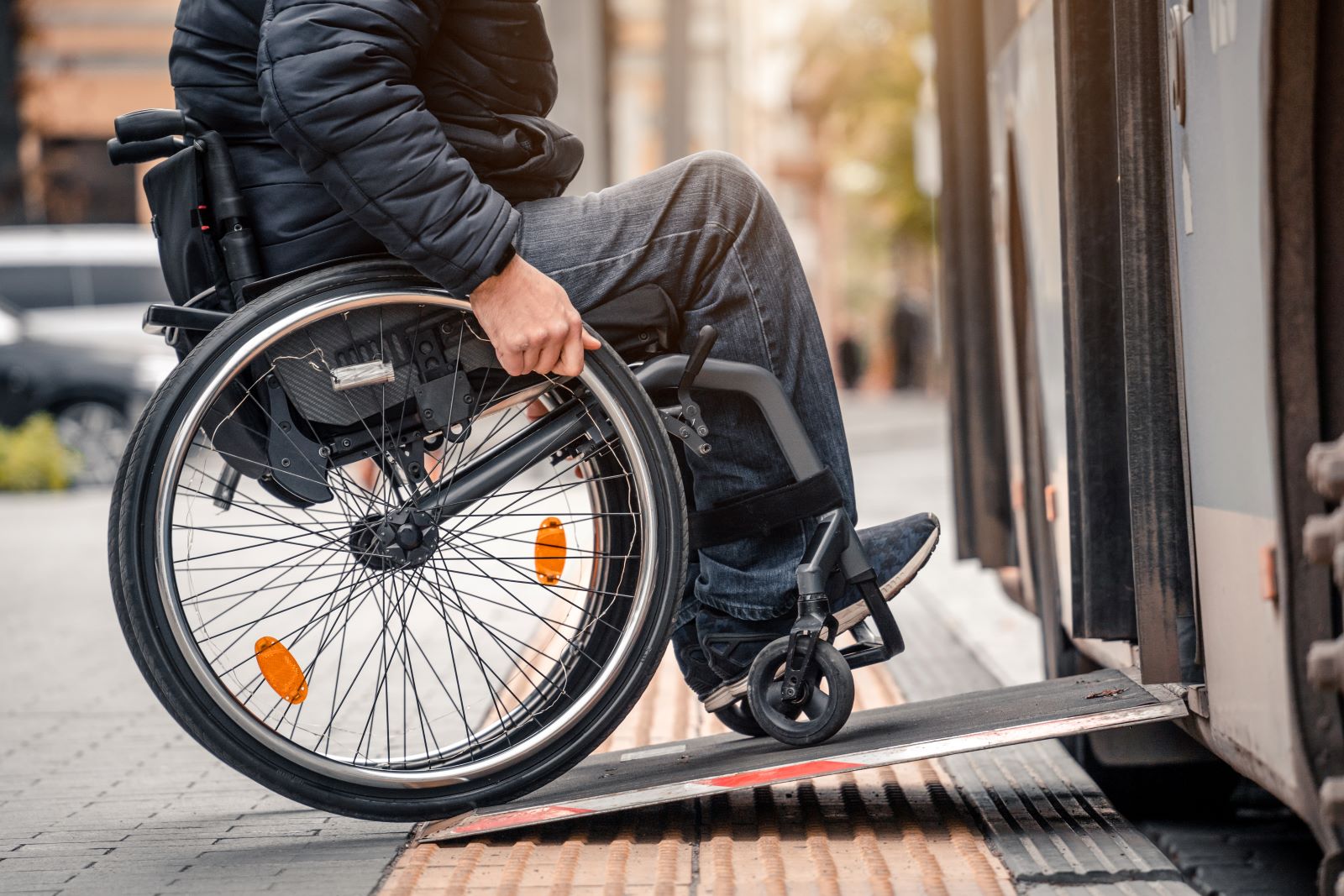
The MTA loses hundreds of millions of dollars every year because of fare evasion. This affects the agency’s ability to improve and maintain its transportation services. This could lead to cuts or fare hikes.
Failed Congestion Pricing Plan

Another addition to the financial impact is the recently proposed congestion pricing plan, which was paused. This would have brought in more money for the MTA, but since it was scrapped, the city doesn’t have a backup plan.
New Yorkers Feel the Loss

At the end of the day, the MTA will need to raise money. New Yorkers will likely feel this loss of funds by having to pay higher fares, or having to pay more for other services around the city.
Impact on Service Quality

For those who do pay their fair share, they are likely to find that the subways are not receiving the necessary repairs and improvements. Reduced frequency and poor quality could affect many city-goers.
Ways to Raise Funds

Officials have considered education programs about paying fares, hiring more enforcement officers, and offering discounts for low-income riders to encourage more people to pay.
Economic Inequality and Fare Evasion

This issue, along with the proposed financial solutions, highlights the economic inequalities in New York City. Many residents are struggling to keep up with the rising cost of living, including the increasing transportation expenses.
Debate Over Fare Enforcement
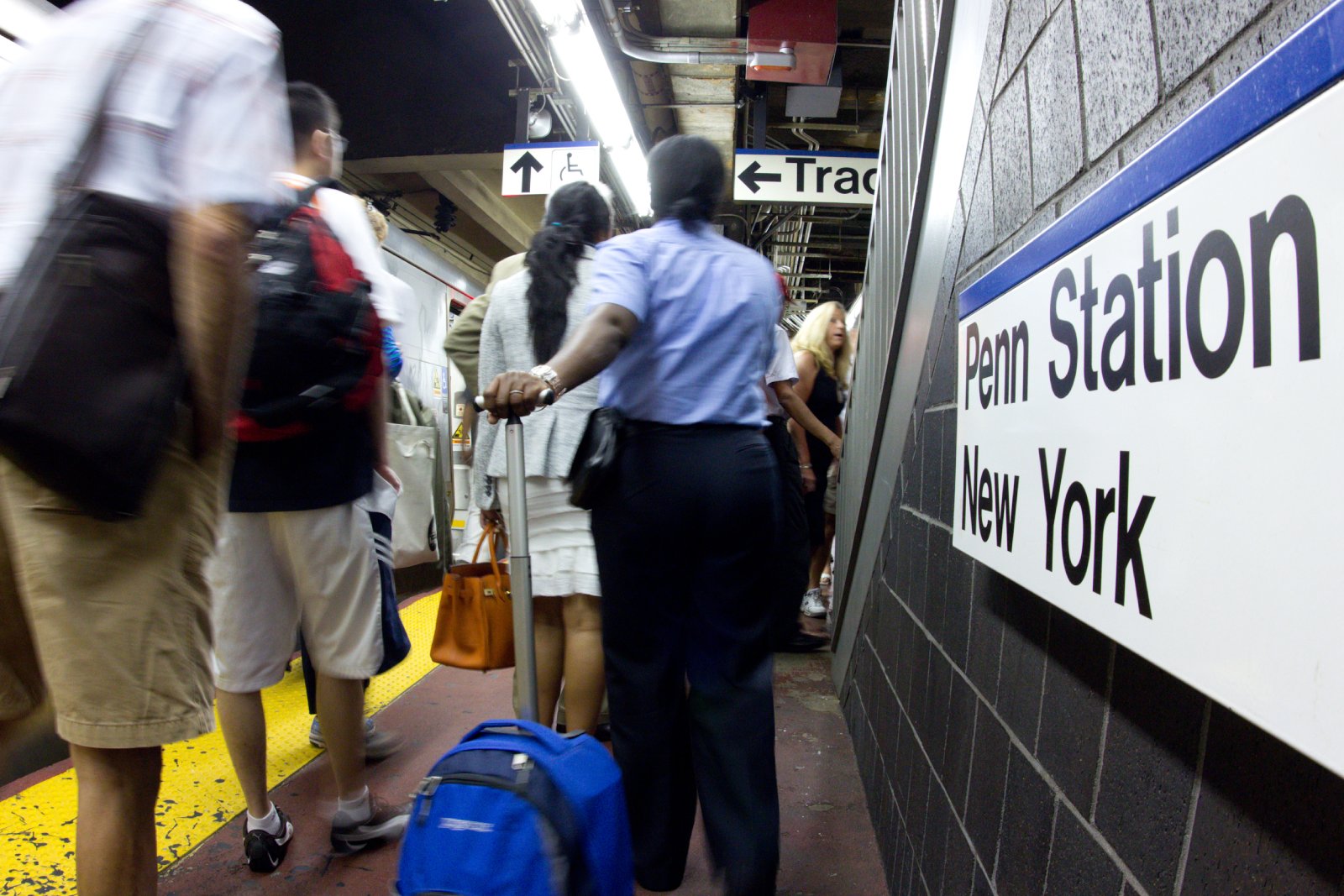
The MTA has already increased the number of present officers in the subways, but there are concerns. Some believe it criminalizes poverty and creates over-policing in certain communities. Others think it’s the only way to run an efficient transport system.
Communal Enforcement Troubles
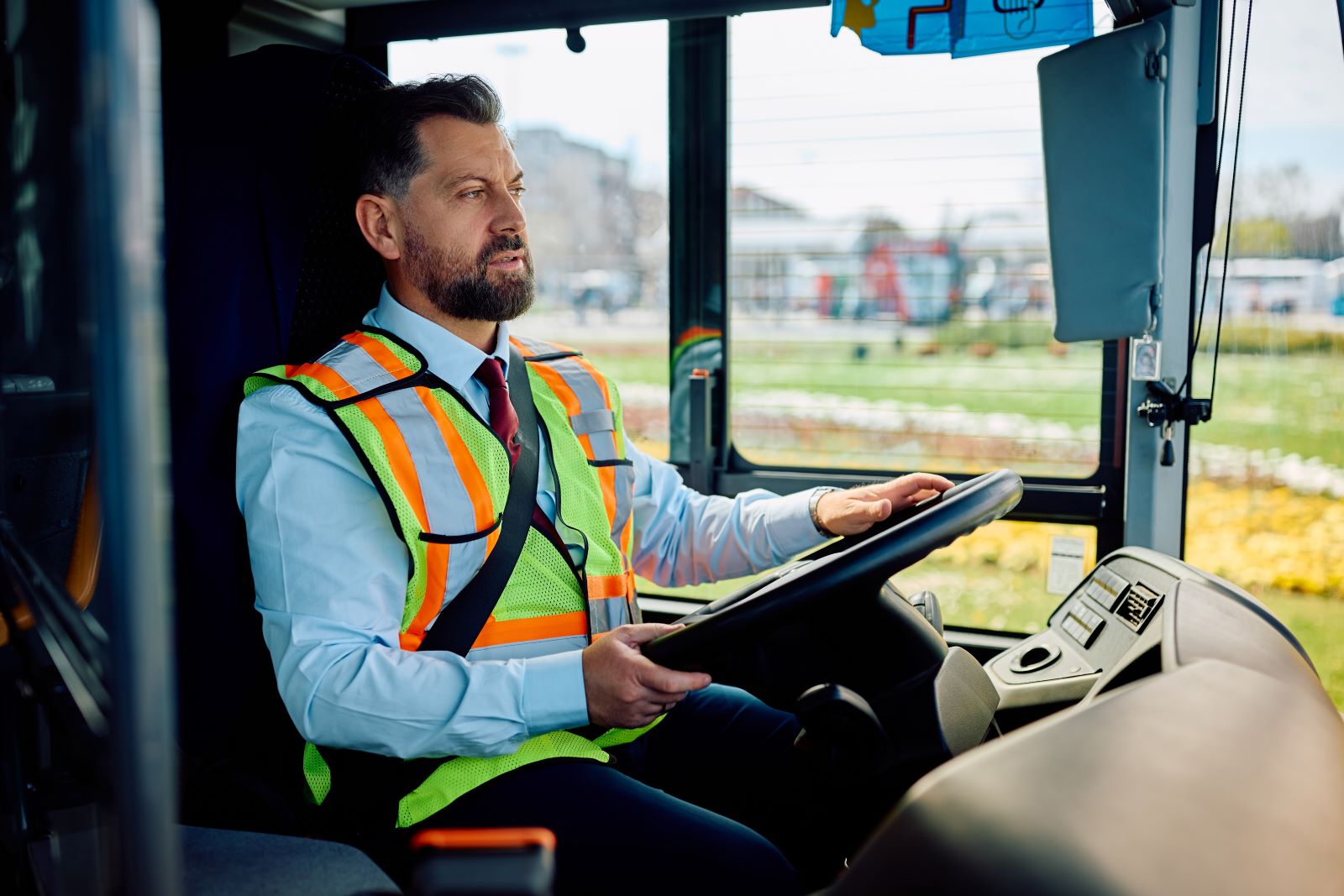
Bus drivers and community members typically steer clear of enforcing fares themselves out of fear. Even enforcement officers are concerned with high rates of assault during these confrontations.
Survival or Theft?
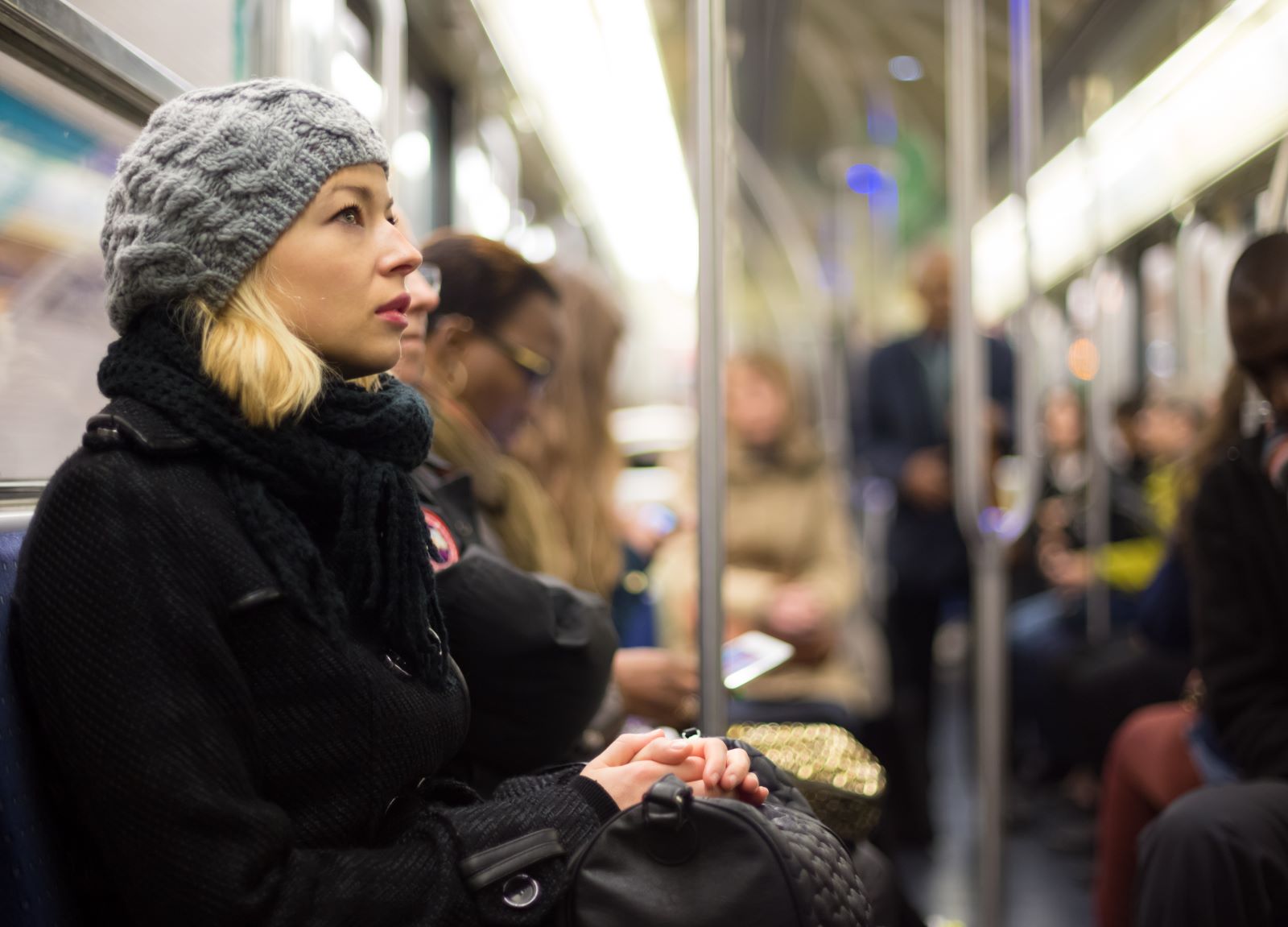
The debate revolves around what to call fare evasion: survival or theft. While some view it as necessary for those who cannot afford public transportation, which is not an income-driven system, others consider it to be simple theft that harms the city.
A Technological Solution
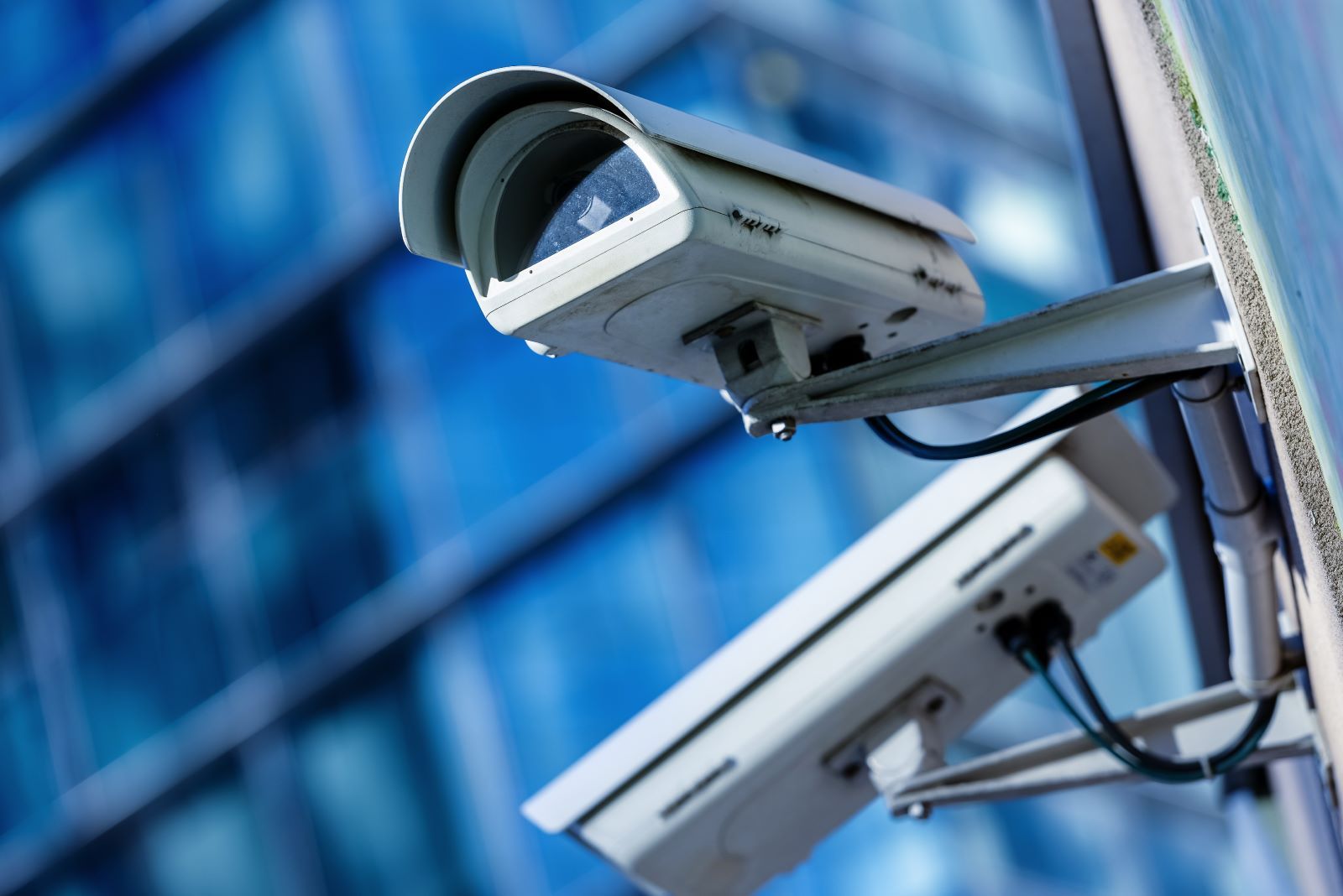
One other possible solution would be to explore technological solutions, such as installing more cameras and sensors to monitor fare evasion without a physical human presence.
Culture Around Bus Riding
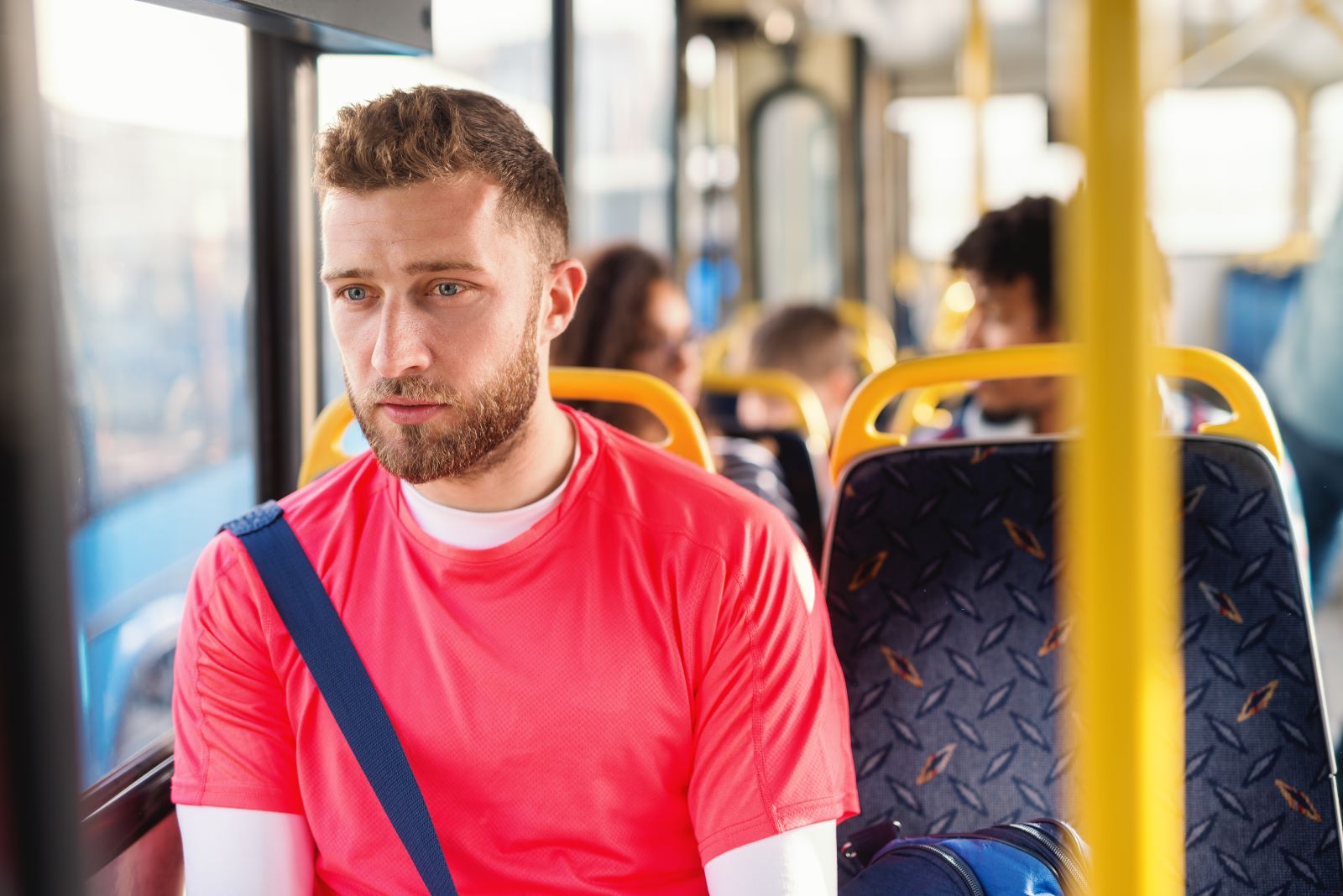
Generally, bus riding in NYC has its own culture. Some people view fare evasion as an act of resistance against a system quickly becoming unaffordable for locals.
Alternatives to Fare Enforcement

Some believe subsidizing fares for low-income riders or creating fare-free zones would be the best way to address the causes of evasion without punishing people for being in poverty.
The Future of NYC Public Transport
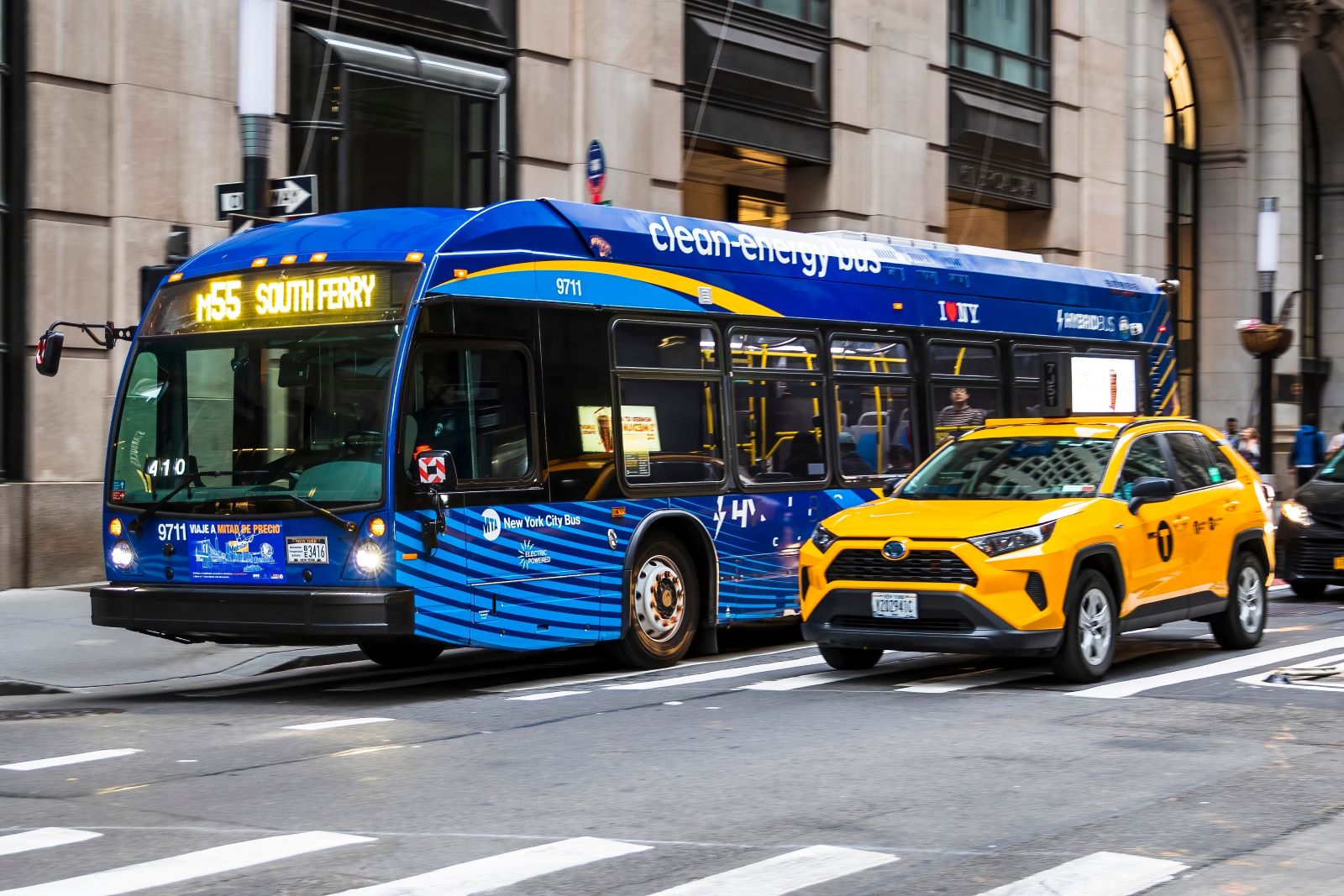
The future of NYC’s public transit system remains up in the air unless the city can find a way to raise funds. Many routes are in desperate need of repairs, so a viable solution is crucial.
The Ethics of Fare Collection
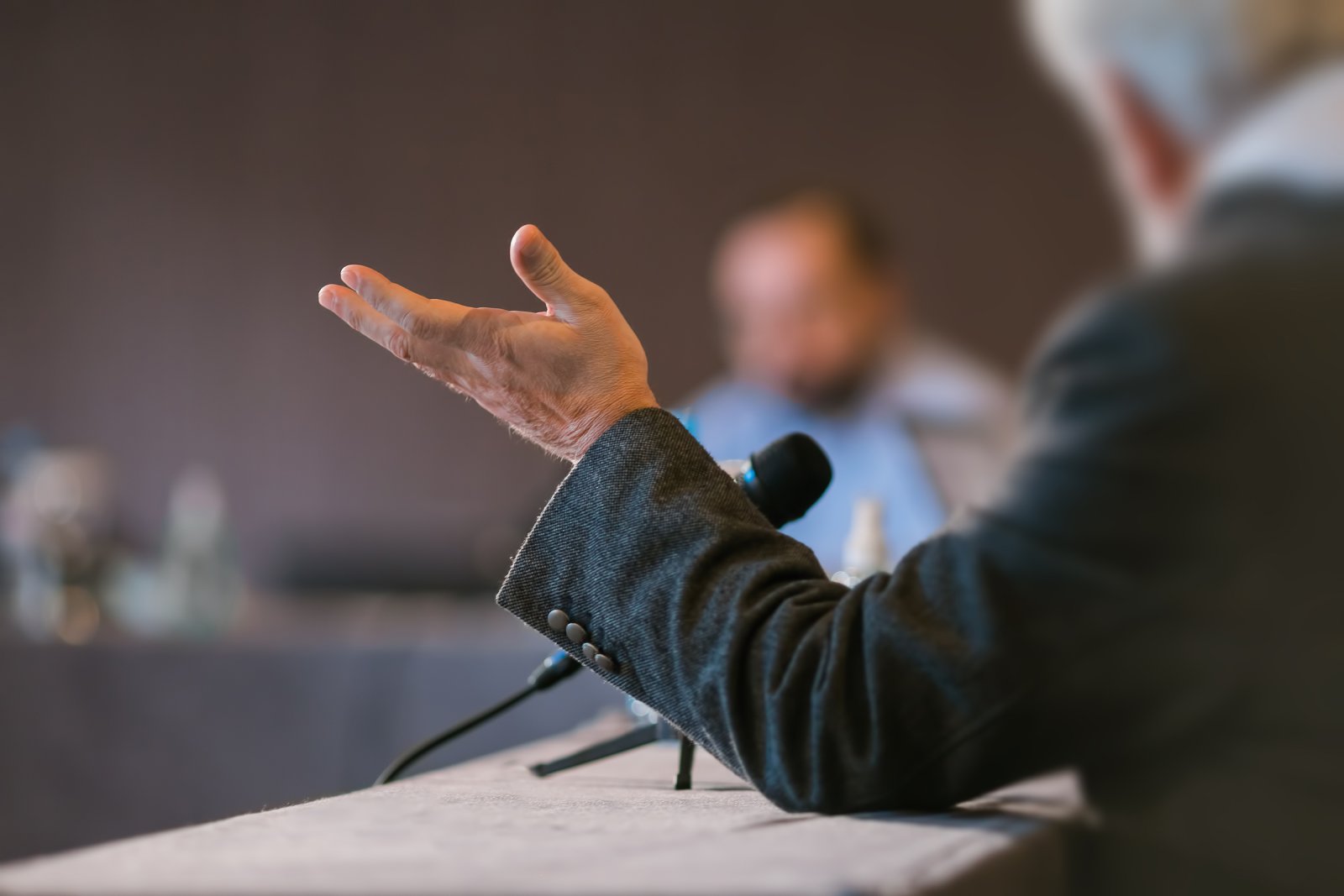
Ultimately, there is an ethical debate that involves balancing the need for a sustainable transit system against the morality of punishing people who cannot afford to pay the fares.
Potential Solutions
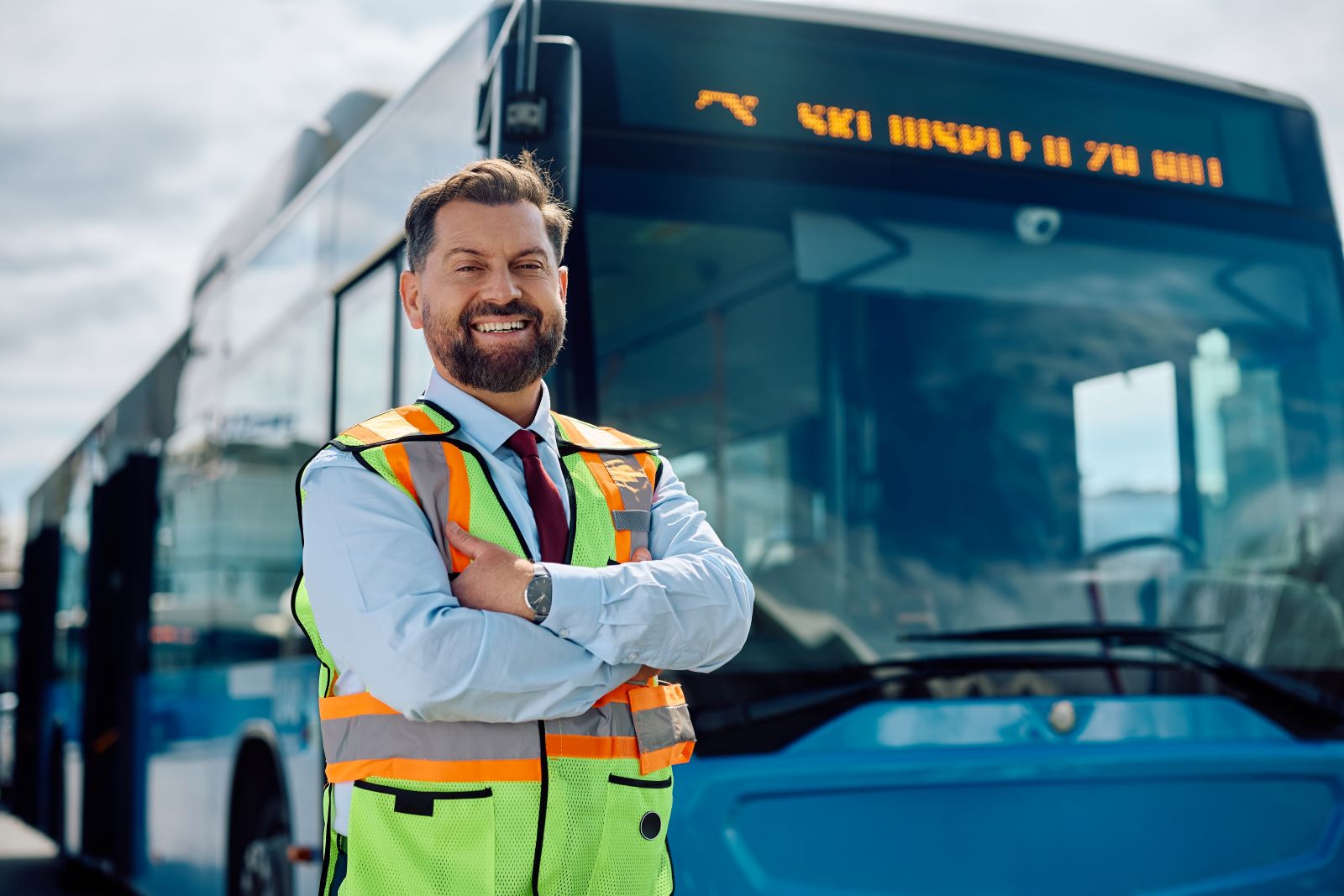
The next step in addressing fare evasion will require open communication. Economic support, policy solutions, and a financial game plan will be necessary to figure out how to finance NYC public transit.
Millennials Are Over It: 25 Reasons Woke Culture Is Losing Its Charm
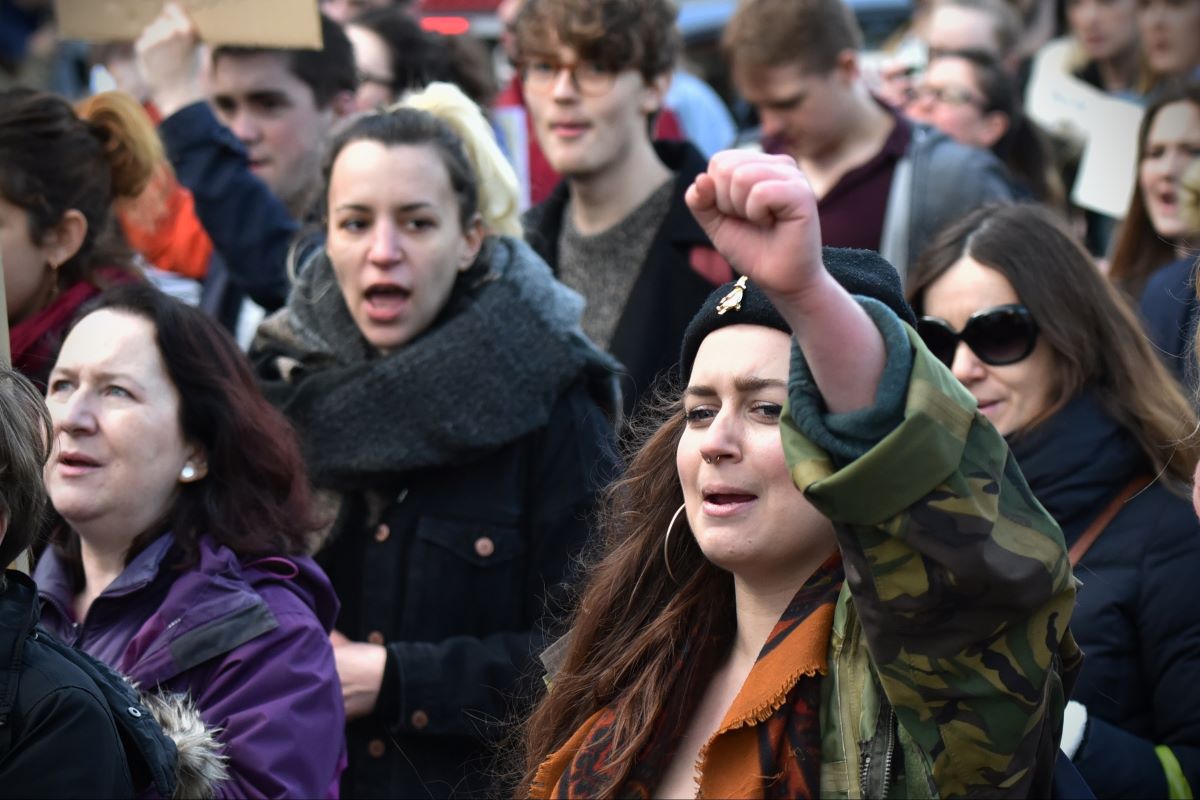
Has the push for progress tipped too far into preachiness? Here’s why many Millennials might think so. Millennials Are Over It: 25 Reasons Woke Culture Is Losing Its Charm
Is It Time Boomers Paid the Price for America’s Economic Inequality?

The American Dream feels more elusive than ever, especially for younger generations. What was once achievable through hard work now faces significant hurdles, from skyrocketing college costs to the challenging pursuit of homeownership. Here’s a look at why it’s tougher for Millennials and Gen Z compared to Baby Boomers. Is It Time Boomers Paid the Price for America’s Economic Inequality?
Rent Crash in California: Landlords Scramble as Prices Take a Hit

California’s rental market is taking a nosedive, with major cities seeing huge drops in rent prices. Rent Crash in California: Landlords Scramble as Prices Take a Hit
Featured Image Credit: Shutterstock / rblfmr.
The content of this article is for informational purposes only and does not constitute or replace professional advice.
The images used are for illustrative purposes only and may not represent the actual people or places mentioned in the article.




